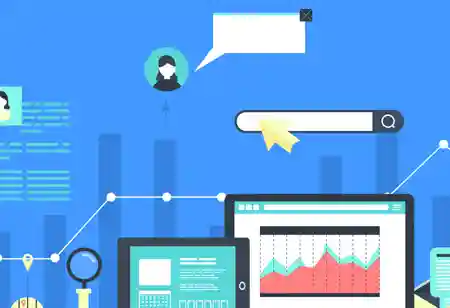THANK YOU FOR SUBSCRIBING
Be first to read the latest tech news, Industry Leader's Insights, and CIO interviews of medium and large enterprises exclusively from CFO Tech Outlook
THANK YOU FOR SUBSCRIBING

By
CFO Tech Outlook | Wednesday, October 20, 2021
Stay ahead of the industry with exclusive feature stories on the top companies, expert insights and the latest news delivered straight to your inbox. Subscribe today.
Artificial intelligence and analytics may be used to develop proactive tactics that adapt when the macro and micro-ecosystems change
FREMONT, CA: Finance departments can bring much-needed proactive, intelligent-driven change to account receivables management via dashboards and a personalized approach to collections, follow-ups, and reconciliation by integrating automation, Artificial Intelligence (AI)-enabled Machine Learning (ML), and analytics.
The payment and collection strategy for accounts receivables is more reactive than proactive. It lacks the level of personalization and rigor that technology-assisted procedures have because it is a largely rule-based and manual process. This procedure can become technology-driven with the advent of modern digital technologies. By putting the creditor and the debtor at the center of the plan, technology may be utilized to proactively manage account receivables and create collection procedures.
Micro factors such as the number of delinquent invoices, exposure to a counterparty, invoice age, working capital, and debt levels influence collection actions. In contrast, macro factors such as counterparty risk ratings and loan interest rates influence counterparty payment. In this domain, AI and analytics may be used to develop proactive tactics that adapt when the macro and micro-ecosystems change (changes to internal aspects of the company like the number of delinquent invoices, exposure to a counterparty, invoice aging, loans, debt, working capital, and so on). It can help the user make decisions by:
Prioritizing Worklist Items: Prioritize invoices based on payment likelihood and greatest value realization.
Suggesting Correspondence Actions: When to send reminders, whom to direct them to, and through which mode of communication.
ML can retrieve and evaluate past customer data and extract and learn from insights on customer behavior and corporate cash flow. It can also make better decisions and take action without the need for human participation. Predictive analytics backed by a ML algorithm can be used to forecast metrics such as projected invoice payment dates or working capital at a later date. In addition, prescriptive analytics can recommend activities such as offering consumers incentives to speed up the payment of debts.
I agree We use cookies on this website to enhance your user experience. By clicking any link on this page you are giving your consent for us to set cookies. More info



